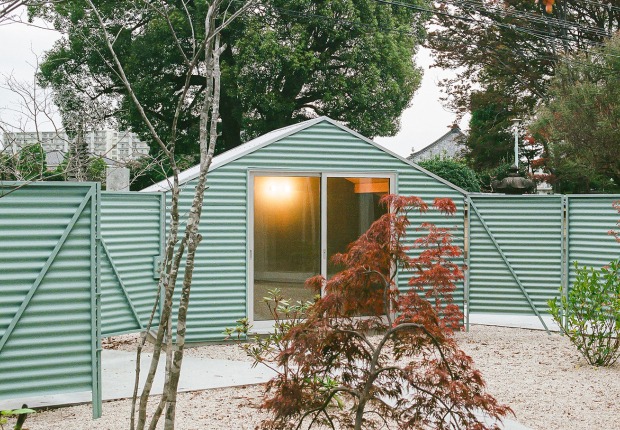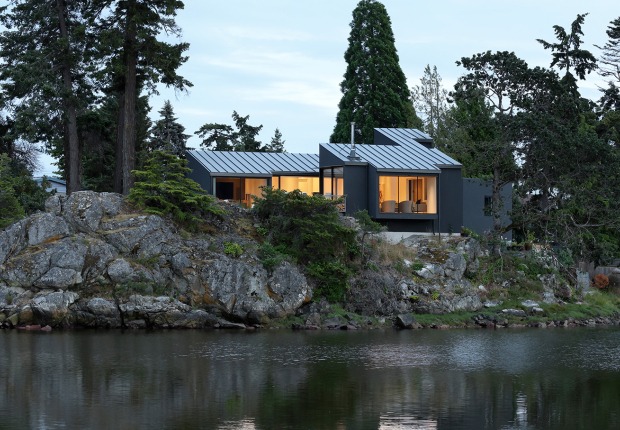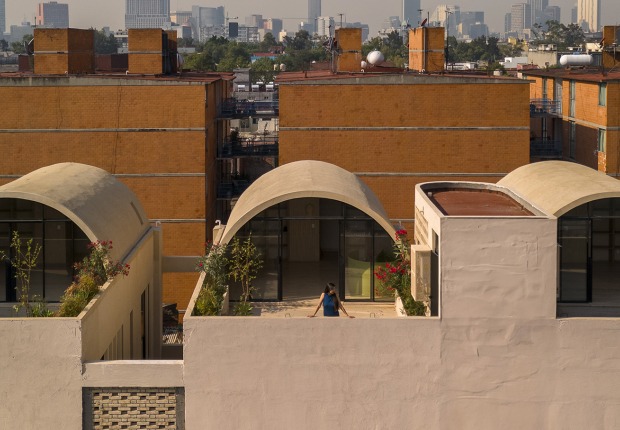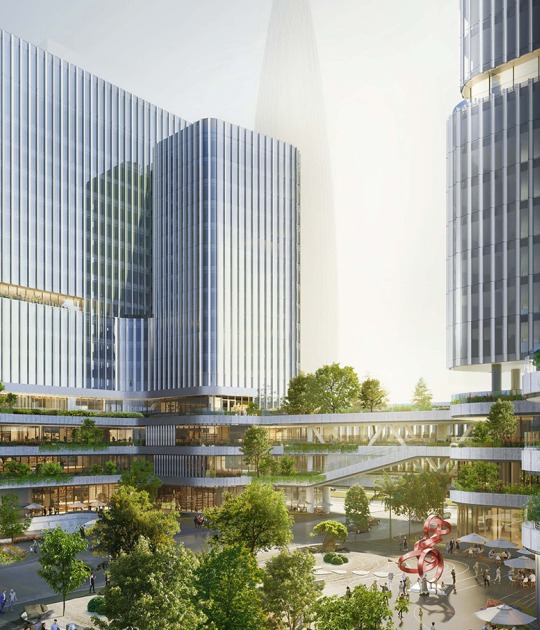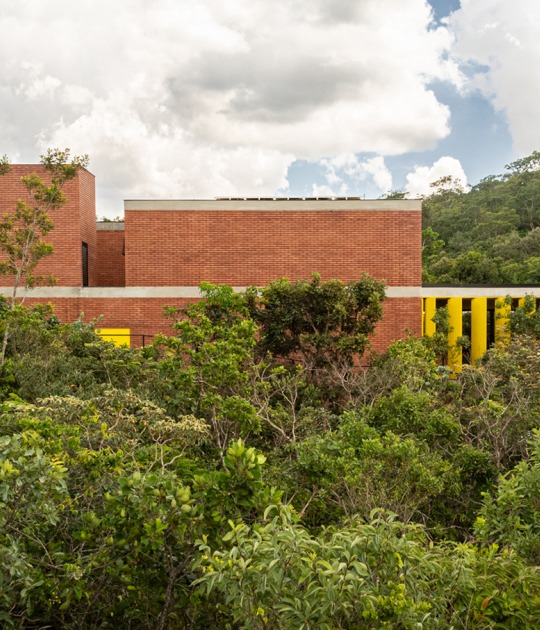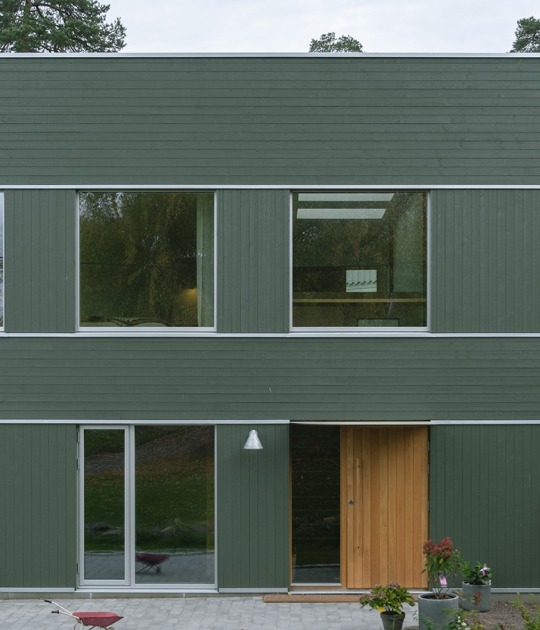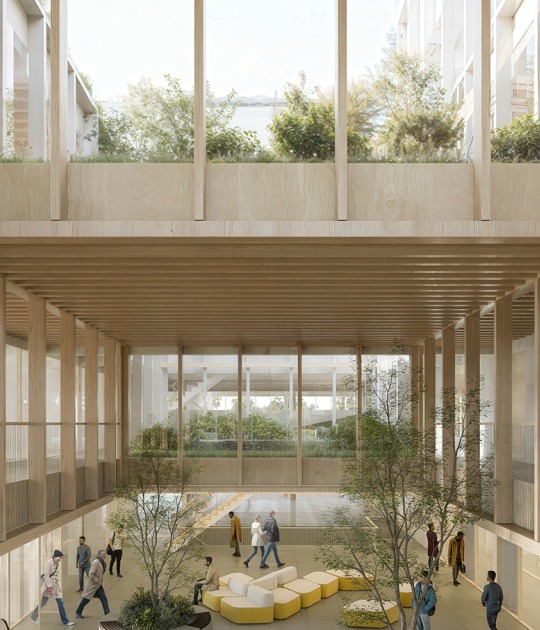This urban area, since its closure in 1990, has had a great urban growth with a motorway constructed around the buildings, isolating them from the rest of the city. The new project, as result of this competition, seek reconnect the 20,500 square-metre slaughterhouse with Porto and "re-establish the site's importance in the city's cultural, business and social network".
"With this proposal we intend to reactivate, reinvent, and engage the local history and memory of the city. In order to achieve this goal, it is essential to create a structure that will have a strong sense of presence from afar," said the statement, by the practices.
The initial scheme involves creating a canopy that stretches across the site, uniting the complex, in swathes of red-hued ceramic tiles in a visual nod to the material palette of local houses. The roof will also be punctuated by numerous glass panels, intended by the architects to behave as a "second skin" that lets daylight filter through to the building's interiors and simultaneously illuminates the area at night. Renderings are showing the former will abattoir overhauled to contain several new leisure spaces, including an art gallery, museum, cafes and an extensive library with dramatic floor-to-ceiling shelving for books.
The complex will be reached via two options: a greenery-lined outdoor walkway that offers visitors views across the eastern parts of the city, or can be accessed at street level through two public squares that will also be used for events.
Earlier this year Kengo Kuma's pratice also unveiled its design for an new aquatics centre on Copenhagen's Waterfront, which will feature indoor pools built by brick pyramids. The Japanese studio designed a similar renovation in Shipyard 1862 complex, in Shanghai.
































